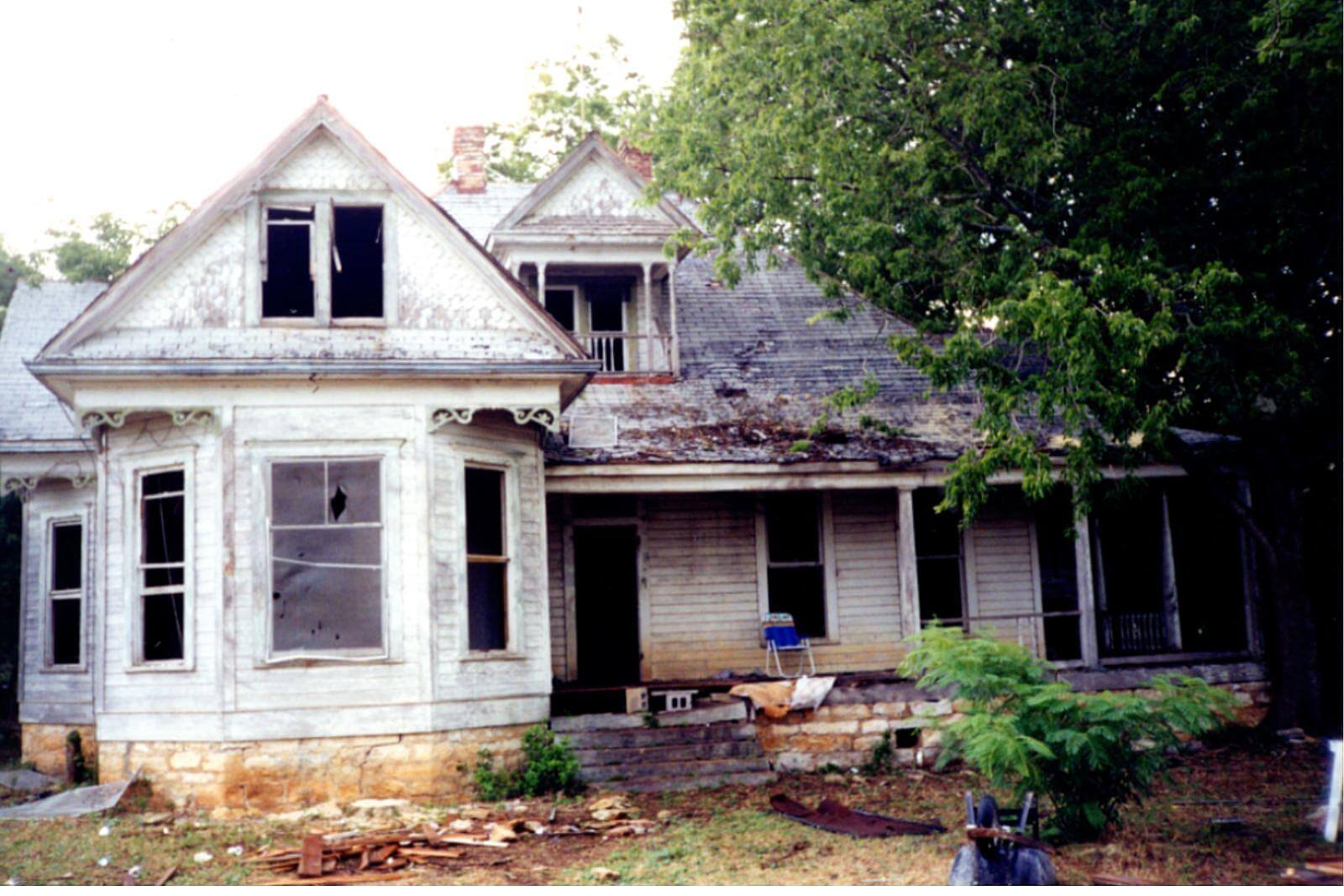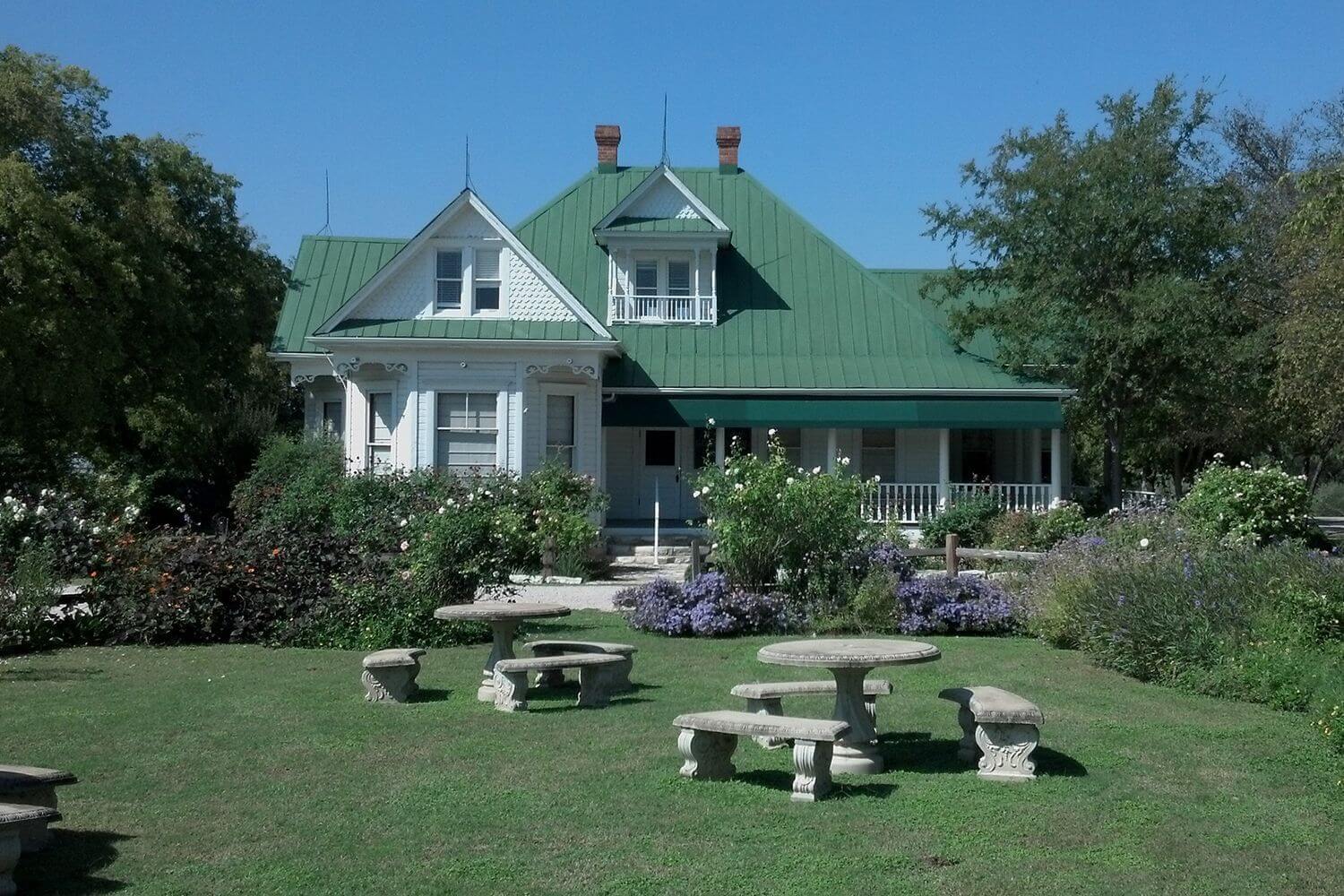In the heart of Texas, where legends of cowboys and oil barons have been spun, there exists a story that’s not for the faint of heart. It’s a tale of a house with a sinister history, a house that was at the center of one of the most iconic horror movies ever made: “The Texas Chainsaw Massacre.” But what many might not know is that this eerie abode had a journey of its own, a move from its original location in Round Rock.
First, let’s set the scene. The Texas Chainsaw Massacre, released in 1974, became a cult classic in the horror genre. This iconic film stands as a testament to the enduring power of terror and suspense. But what many fans might not know is that this nightmare-inducing classic was not filmed in the remote Texan wilderness it portrays, but rather right here in Round Rock.
Remember the unforgettable scene where Leatherface, brandishing his chainsaw, stands alone in the middle of a dirt road? That’s Old Country Road 172, played a pivotal role in the film’s chilling climax. But Round Rock’s evolution over the past 50 years has dramatically changed its appearance.
Directed by Tobe Hooper, it told the gruesome tale of Leatherface and his demented family, with their twisted home as a backdrop to the terror. The house became a symbol of horror, both a nightmare on-screen and, surprisingly, in real life.
After years of neglect, the house was purchased by Simon Madera, who had a vision to preserve this piece of cinematic history, eventually moving the house from Round Rock in the late 1990s to make way for the La Frontera development.
The house was carefully dismantled into seven pieces, each imbued with the weight of its eerie past. These pieces were then transported 60 miles to a new location just outside Austin, specifically Kingsland, where it was rebuilt over a three year period.
While the house may have a chilling past, its reincarnation as the restaurant “Hooper’s” is a far cry from its on-screen horrors. The name change itself is a nod to Tobe Hooper, the director of the original film. The transformation of the interior is equally impressive, with a design that pays tasteful homage to the movie, sans the blood and gore. The infamous chicken and bones room, once a scene of horror, is now adorned with designer prints, and an art installation featuring recycled chainsaws brings a touch of creativity to the house’s macabre history.
The house, now restaurant, has become a destination for horror enthusiasts featuring a vast collection of memorabilia that lures fans from around the world. Inside are replicas of costume molds used in the film and a spindle that once adorned the original house. The pièce de résistance is the original movie poster, bearing the autographs of the actors who brought the horrors to life, many of whom have since passed away.
In the end, the Texas Chainsaw Massacre house’s relocation from Round Rock to Kingsland is a journey that encapsulates the enduring allure of cinematic history. It’s a testament to the power of storytelling and the dedication of those who wish to preserve a piece of that story, even if it’s one steeped in terror. So while the spooky shadows of the horror-filled home might not still call Round Rock home, the legacy of Leatherface and one of the most iconic horror films ever made still do.




